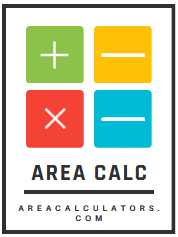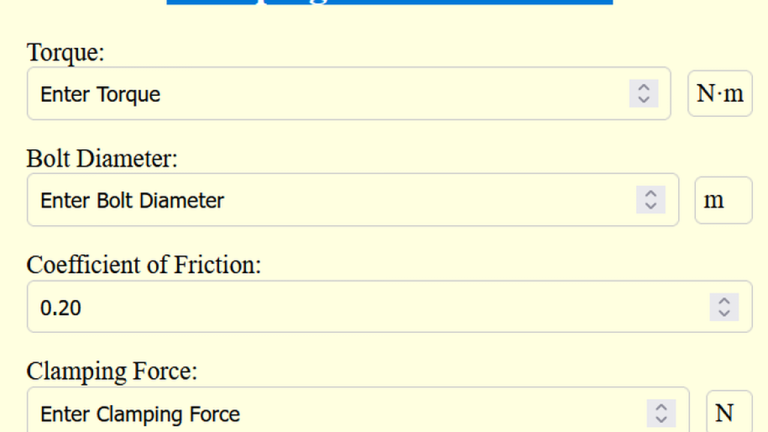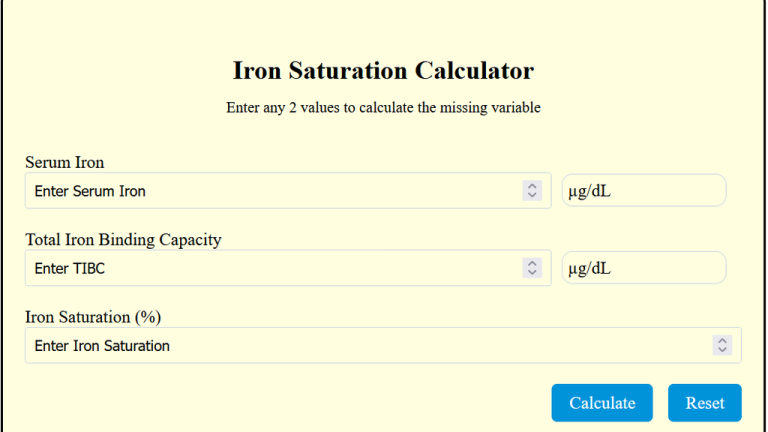Similar Posts
Shipping Cost Per Pound Calculator
ByStevenYou can find the shipping cost per pound by dividing the total shipping cost by the total weight of the shipment. The Shipping Cost Per Pound Calculator is an efficient tool for determining the cost of shipping a package based on its weight. It is particularly useful for comparing rates between carriers like USPS, FedEx,…

Clamping Force Calculator
ByStevenDivide the applied torque by the product of the torque coefficient and bolt diameter to determine the clamping force. The Clamping Force Calculator is a tool designed to compute the force exerted by a bolt when tightened to a specific torque. This is crucial in various engineering and industrial applications, such as bolted joint design,…
Silver Price Calculator
ByStevenREAD ALSO: AC ↔ DC Voltage Calculator – Alternating Current To Direct Current
AC ↔ DC Voltage Calculator – Alternating Current To Direct Current
ByStevenTo calculate DC voltage from AC voltage, multiply the AC voltage by 0.636. This formula applies to converting RMS AC voltage to its approximate DC equivalent in rectified circuits. AC to DC Voltage Calculator Total Alternating Current Voltage (Volts) DC Voltage from AC Voltage (Volts) Calculate Reset The AC ↔ DC Voltage Calculator simplifies the…

Iron Saturation Calculator – TIBC, Serum Iron,Transferrin Saturation
ByStevenTo calculate iron saturation, divide serum iron (SI) by total iron-binding capacity (TIBC), then multiply the result by 100 to express it as a percentage. The Iron Saturation Calculator is a useful tool for assessing iron levels in the body. It calculates the percentage of transferrin, a protein that binds and transports iron, currently saturated…

Gold Cost Per Pound Calculator
ByStevenTo find the Gold Cost Per Pound, divide the total gold cost by the gold weight in pounds. This calculation is useful for determining the price per pound for investments, pricing, or sales. The Gold Cost Per Pound Calculator is a handy tool for assigning the price of gold per pound. Particularly, it useful in…



